Richmond Down Payment Assistance Program
Richmond Down Payment Assistance Program: Your $7,500 Shortcut to a First Home in Virginia
The Richmond Down Payment Assistance Program (RDPA) quietly turns renters into homeowners by contributing up to $7,500 toward their down payment. If you call the River City home—or hope to—this grant might be the single missing puzzle piece. Below, you’ll find everything you need: eligibility criteria, insider tips, and a few myths busted, all in about a 10-minute read.
Why Richmond Still Rewards First-Time Buyers
Virginia’s capital has seen home prices climb roughly 38 % since 2019, according to regional MLS snapshots. That upswing outpaces the average wage increase, leaving many would-be buyers stalled at the down-payment hurdle. The city responded with the Richmond Down Payment Assistance Program to keep homeownership reachable. Think of the grant as a booster rocket: you provide steady income and decent credit; the city adds fuel so you can clear the launchpad.
How Does the Richmond Down Payment Assistance Program Work?
In simplest terms, RDPA writes you a check—up to $7,500—that never has to be repaid if you follow the rules. The money lands in your closing table escrow and directly reduces the cash you’d otherwise bring. That means:
- Lower loan-to-value ratio
- Potentially better mortgage interest rate
- More wiggle room for moving costs and emergency savings
Because it’s technically a “soft second lien,” the assistance is forgiven as long as you stay in the home for five consecutive years. Sell or refinance earlier, and you’ll repay a prorated share.
People Also Ask: What Are the Eligibility Requirements?
Eligibility boils down to five letters—“FIICO.” Each stands for a quick checkpoint:
- First-time buyer status (no ownership in three years)
- Income limits (80 % AMI or below)
- Inspection: property must pass HUD-style standards
- Credit score of 620+ (though 640 is safer)
- Occupancy: must live in the home as primary residence
Let’s unpack two points. First, the Area Median Income (AMI) for Richmond stood near $92,500 for a four-person household in 2023, meaning the maximum qualifying income hovers around $74,000. Second, while the city lists 620 as the minimum credit threshold, local loan officers reveal that files under 640 often face longer underwriting queues and extra documentation requests.
People Also Ask: Is the Funding Really Free—Or Is There a Catch?
Free? Yes, with an asterisk. The grant is forgivable, not void. That distinction matters. If you refinance in year three, you’ll pay back around 40 % of the original assistance. Stay the full five years, and the lien vanishes. Compare that to private down-payment loans with immediate interest charges, and RDPA’s structure suddenly looks generous—and smart.
How to Apply in Four Streamlined Steps
- Pre-qualification: Secure mortgage pre-approval from an RDPA-participating lender. Not every bank plays ball, so ask specifically.
- Homebuyer education: Complete an HUD-approved 8-hour class—online or in person. Certificates remain valid for 12 months.
- Submit your RDPA package: The lender forwards your dossier to the City’s Department of Housing & Community Development (DHCD) through a secure portal.
- Wait for the “Letter of Commitment”: Average turn-time sits at 15 business days, faster outside spring’s buying frenzy.
Tip: Attach pay stubs in a single PDF and label pages clearly. A DHCD analyst told us unlabeled uploads add 2–3 days per file.
Micro-Story: Samantha’s 29-Day Close
Last summer, Samantha—a nurse at VCU Medical Center—saved $550 a month but still faced a $14,000 down-payment gap. She spotted a crowdsourced spreadsheet of first-time buyer programs but assumed the Richmond homebuyer assistance was “too slow.” Her realtor nudged her anyway. With a tidy package, Samantha nabbed her approval in nine calendar days—a record-fast turn according to her lender. That shaved mortgage insurance and landed her an interest rate 0.125 % lower than quoted pre-grant. She jokes she now spends more on patio plants than her old rent difference.
What Types of Homes Qualify?
The Richmond first-time buyer grant works on:
- Existing single-family homes, condos, and townhomes within city limits
- New construction (must receive final occupancy permit before closing)
- 1- to 2-unit properties, provided you live in one unit
Manufactured homes on leased land are excluded. Purchase price cannot exceed $280,000 for 2024 (adjusted annually each July).
Cost Breakdown: Stretching $7,500 Further
Picture a $250,000 starter home with an FHA loan requiring 3.5 % down—$8,750. The Richmond DP assistance covers 86 % of that out-of-pocket chunk. Glide past the down-payment hurdle, and your personal savings can handle:
- Closing costs (usually another 3 %)
- Appraisal and inspection fees
- An emergency reserve so no water-heater meltdown wrecks your budget
Leveraging seller concessions or lender credits can sometimes zero-out your required cash. “Stacking” is perfectly legal as long as all funds are disclosed.
Unlocking Extra Savings: Layering State and National Programs
Many borrowers overlay RDPA with low-interest Virginia Housing (formerly VHDA) loans or Freddie Mac’s Home Possible. The trick is meeting each program’s income caps simultaneously. A local loan officer told us that about 27 % of his RDPA clients also receive Virginia Housing’s Plus Second Mortgage—boosting total assistance above $15,000.
PAA Spotlight: What Credit Score Do I Need for the Richmond Down Payment Assistance Program?
Technically, the threshold sits at 620. Yet, lenders observing hundreds of closings say 640+ applications gain faster approval and face fewer conditions. If your middle score wobbles between 600–619, work with a housing counselor. Often, a quick fix—paying down a small credit card or adding on-time utility reporting—nudges you over the line within 30 days.
Timeline: From Dreaming to Door Keys
| Milestone | Typical Duration |
|---|---|
| Pre-approval & class enrollment | 1 week |
| Home shopping & offer acceptance | 2–6 weeks |
| RDPA submission to approval | 2–3 weeks |
| Closing & move-in | 1 week |
Total: roughly 6–10 weeks. That’s faster than the average 12-week national timeline for first-time buyers reported by NAR.
Five Missteps That Trigger Delays
- Ignoring student-loan documentation (provide complete payout schedules).
- Depositing large cash without a paper trail.
- Changing jobs mid-application.
- Skipping re-inspection repairs.
- Waiting until the last minute for homeowner’s insurance.
FAQ: Rapid-Fire Answers
- Does the Richmond Down Payment Assistance Program cover closing costs?
- Yes. While earmarked for the down payment first, leftover funds can offset allowable closing costs.
- Can I combine RDPA with a conventional 3 % down loan?
- Absolutely. Conventional 97 or HomeReady mortgages integrate smoothly so long as income and debt ratios fit.
- Is there a waiting list?
- Funds replenish each July 1. When yearly allocations run out (rarely before spring), applications queue for next fiscal year money.
- What happens if I rent the property out?
- Leasing within five years violates program terms, and the city can demand full repayment.
- How is the program funded?
- City housing bonds plus HUD HOME partnership allocations provide annual RDPA coffers.
Your Next Step: Turn Curiosity into Keys
You’ve peeked under the hood of the Richmond Down Payment Assistance Program. Now, act before this fiscal year’s funds dry up. Start by downloading the official checklist, then connect with a participating lender for pre-approval. Questions? A certified housing counselor can parse income limits and smooth any credit kinks faster than DIY Googling.
The road to homeownership can feel like a maze. RDPA hands you a 1-page map—follow it, and you’ll be hanging porch lights before the next season flips.
Ready to unlock your Richmond address?
Schedule Your Free Eligibility Check
Explore More Blog Posts
Checkout more similar posts those will help you to choose better property.

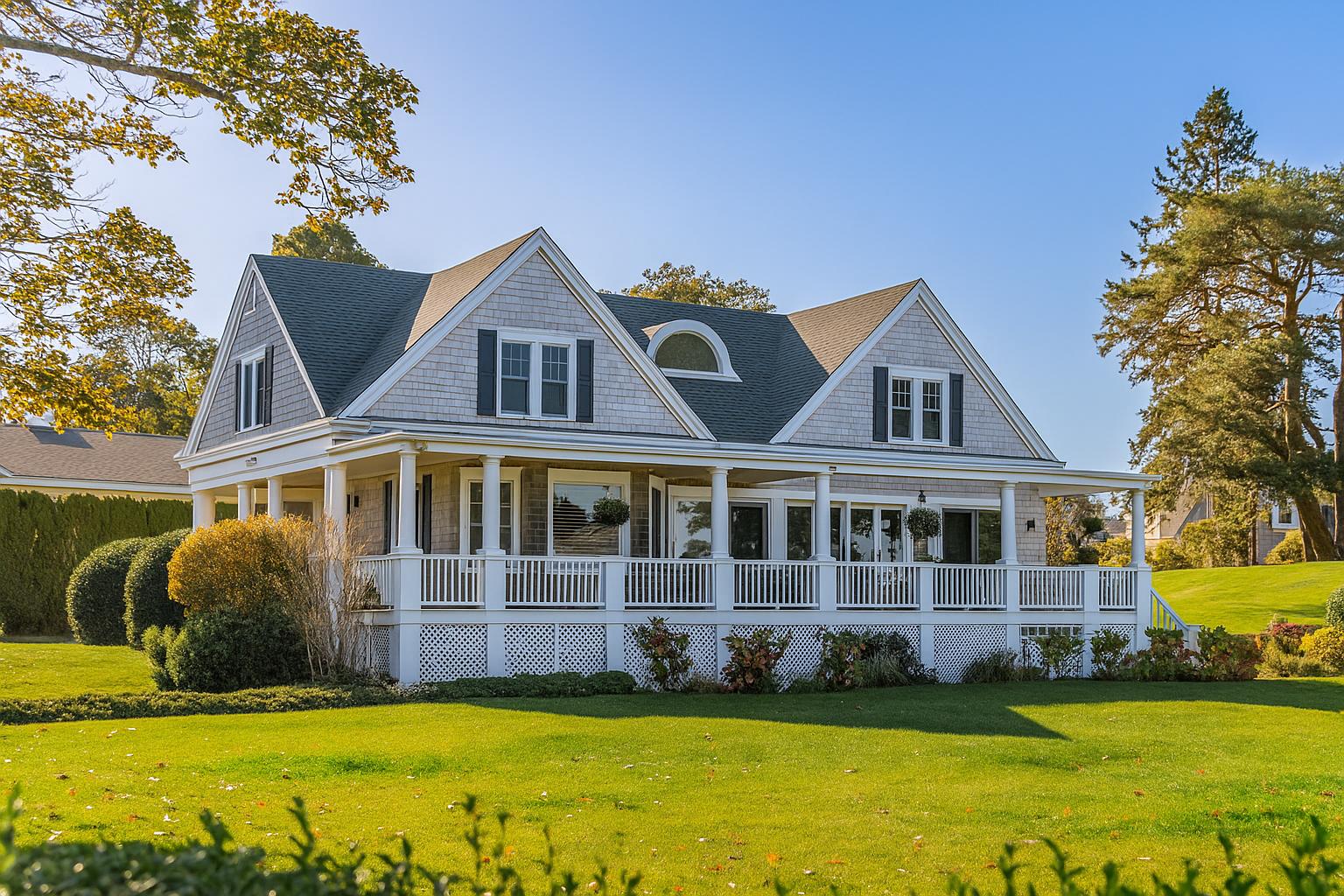
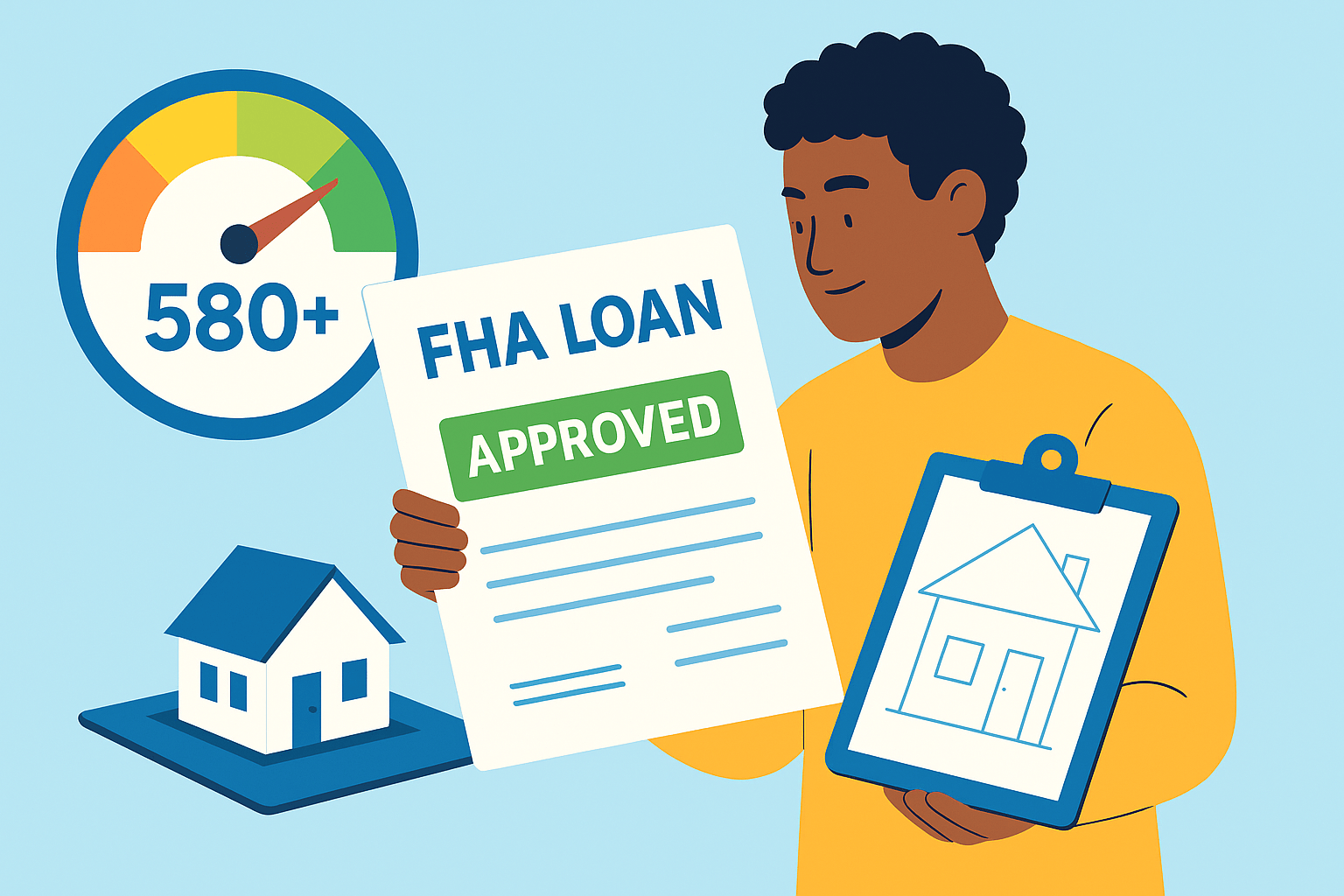
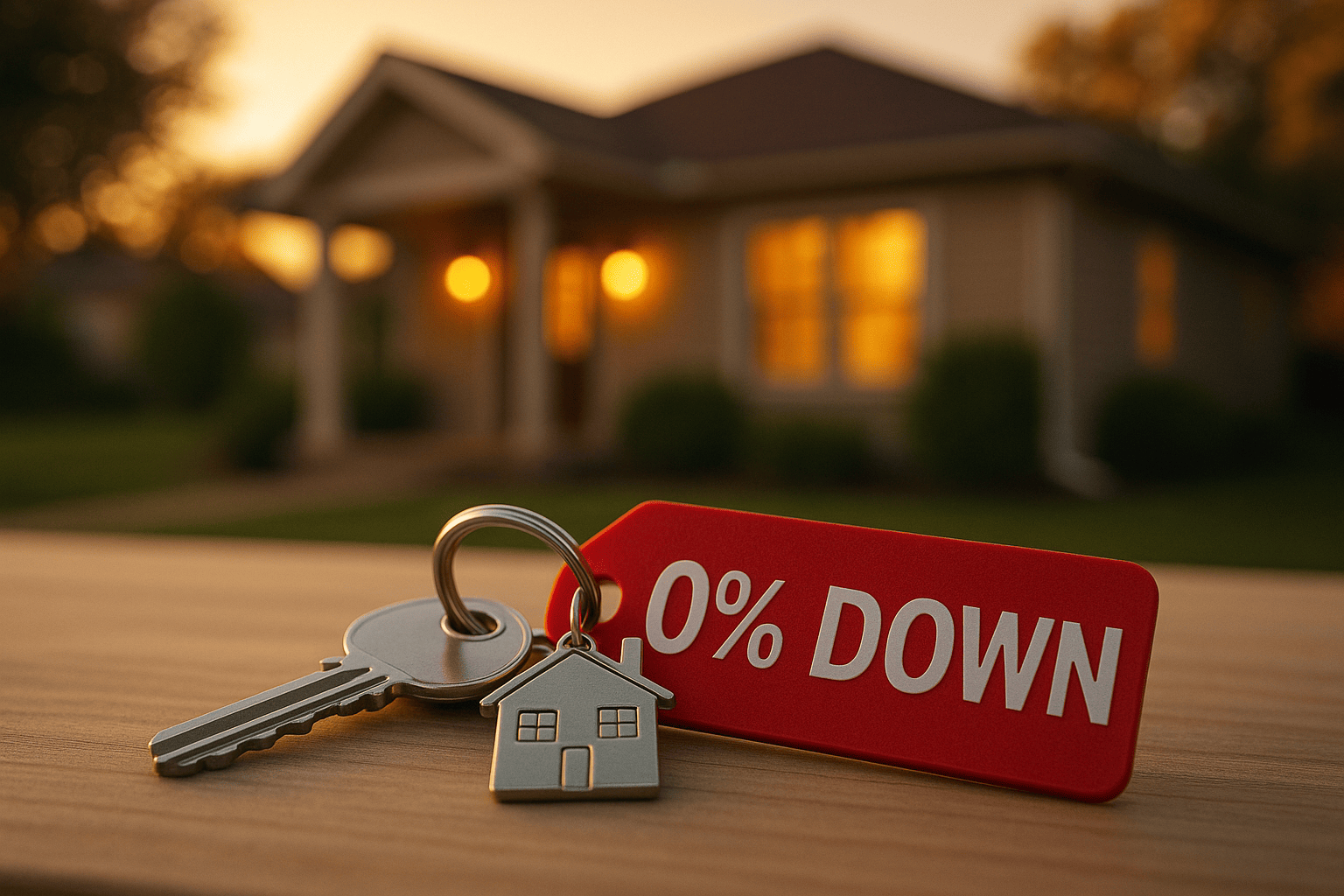




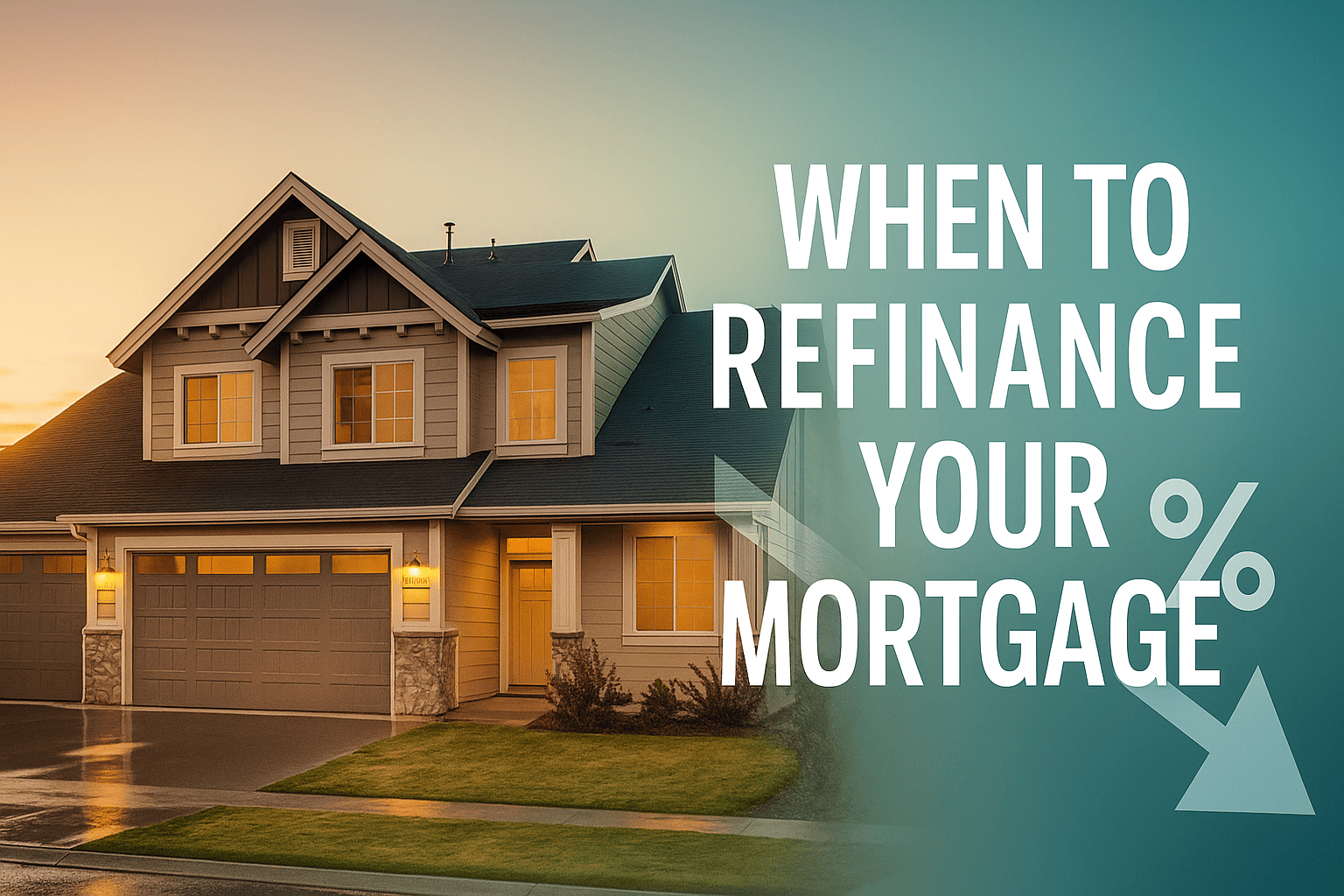
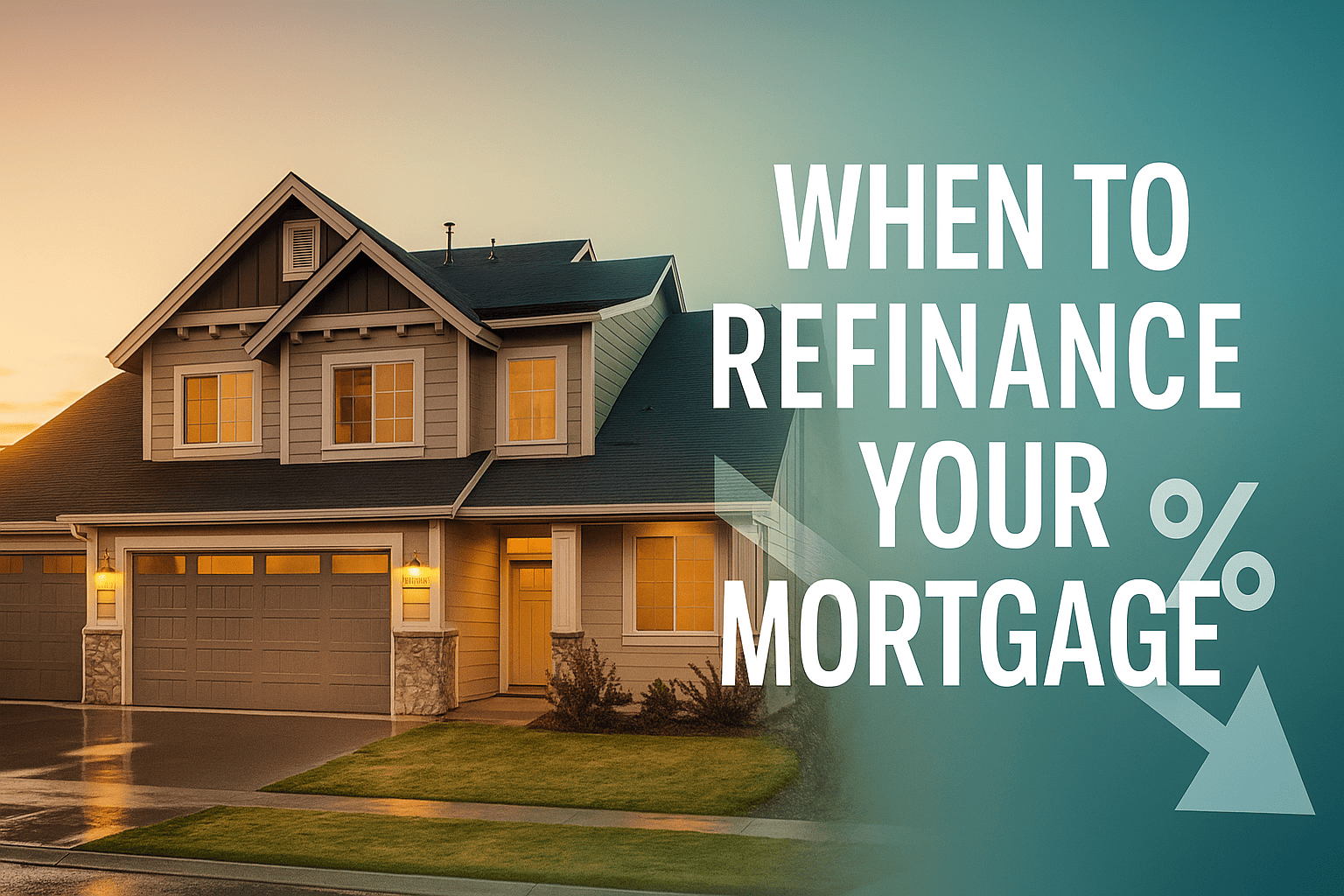


 Profile
Profile Password
Password Saved Properties
Saved Properties Sign Out
Sign Out
 +0.01
+0.01
 -0.15
-0.15

